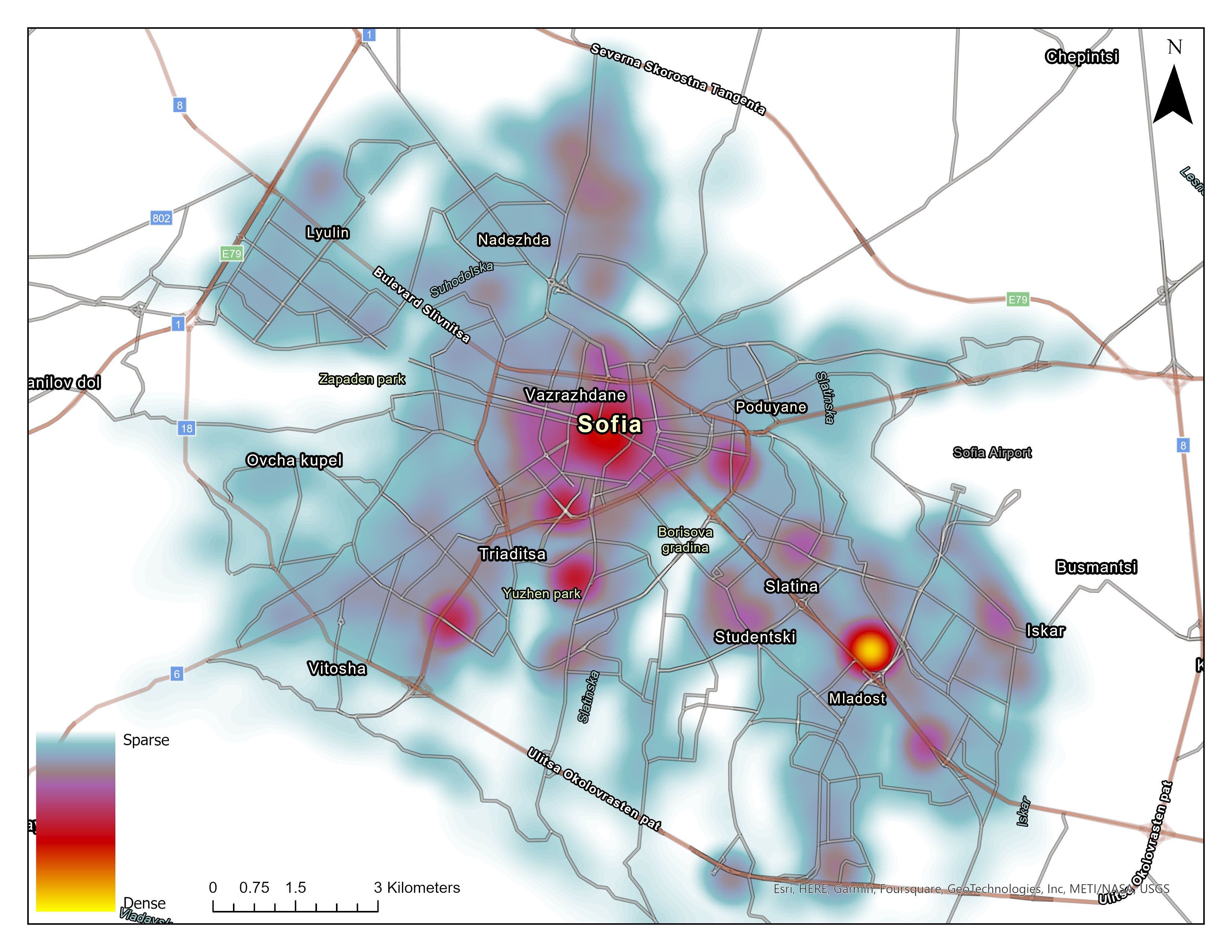
Urban heat islands
Recently, many countries have faced challenges related to their growing urban populations, including health and human comfort, energy and infrastructure, rising temperatures and, more especially, urban heat islands (UHIs).
UHI is defined as an increase in temperature over an urban area compared to the surrounding area. The increase in temperature contributes to increased levels of air pollution, which in turn affects human health by causing discomfort, increased risk of heat stroke, respiratory illness and reduced work capacity. Other negative impacts of this local phenomenon are related to increased energy consumption, increased greenhouse gas emissions and smog, changes in seasonality, negative impacts on biodiversity, local climate change, intensification of heat waves, drought and global climate change.
In the context of the problems associated with the UHI, the research aims to numerically estimate the impact of UHI in Sofia and its surroundings on the air temperature using the state-of-the-art Weather Research and Forecasting (WRF) with very high resolution. The study also estimates the impact of building and transport separately.
Part of the research is the development of an energy atlas of Sofia. The energy atlas of Sofia shows the energy consumption of building types, using available energy efficiency data about individual buildings. It is an essential tool for researchers, society and local governments in coordinating climate action and energy consumption reduction, as well as for setting zero-emission goals and helping citizens and communities by providing useful energy information (see the figure above).

The applications of the research outcome are shown below.


